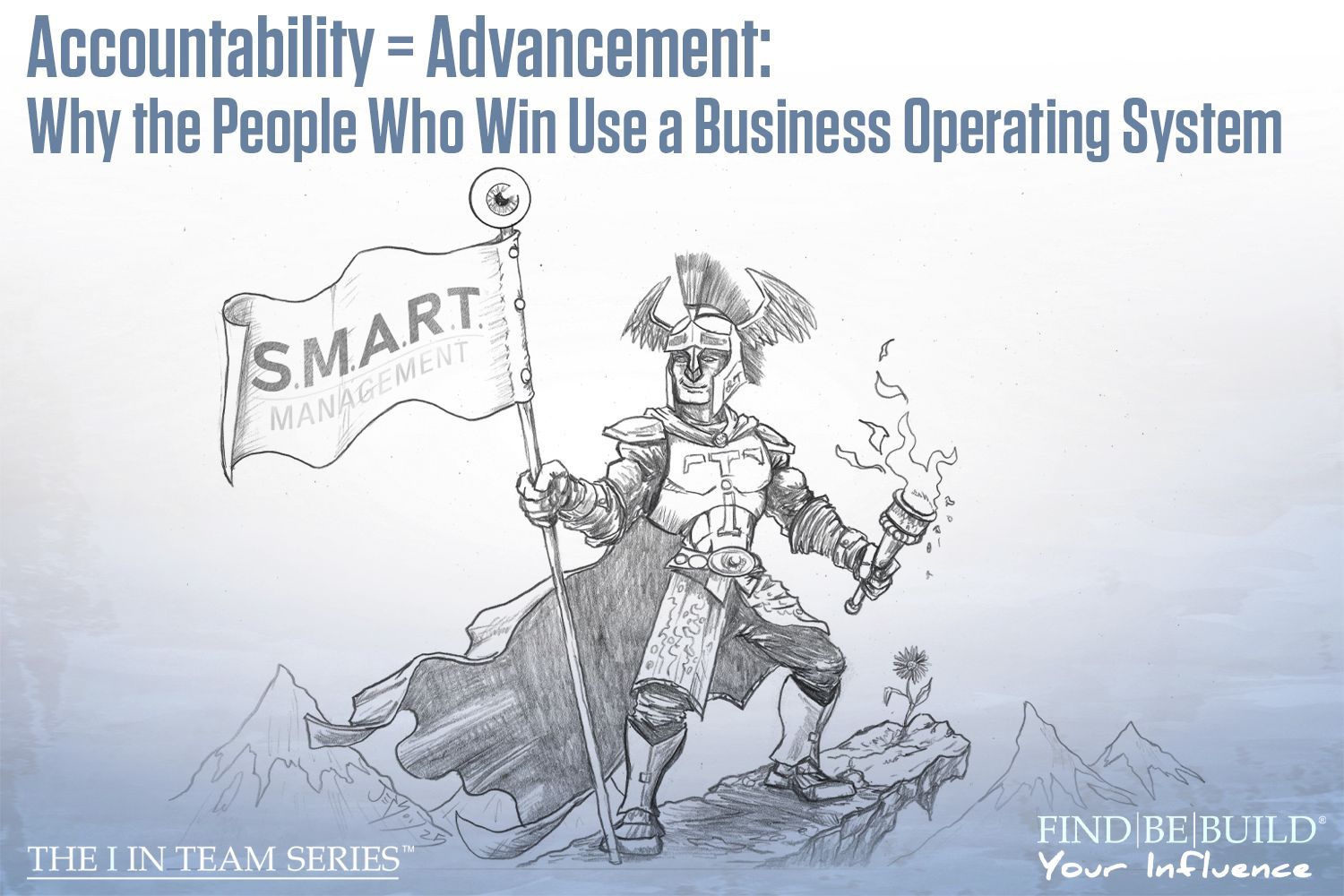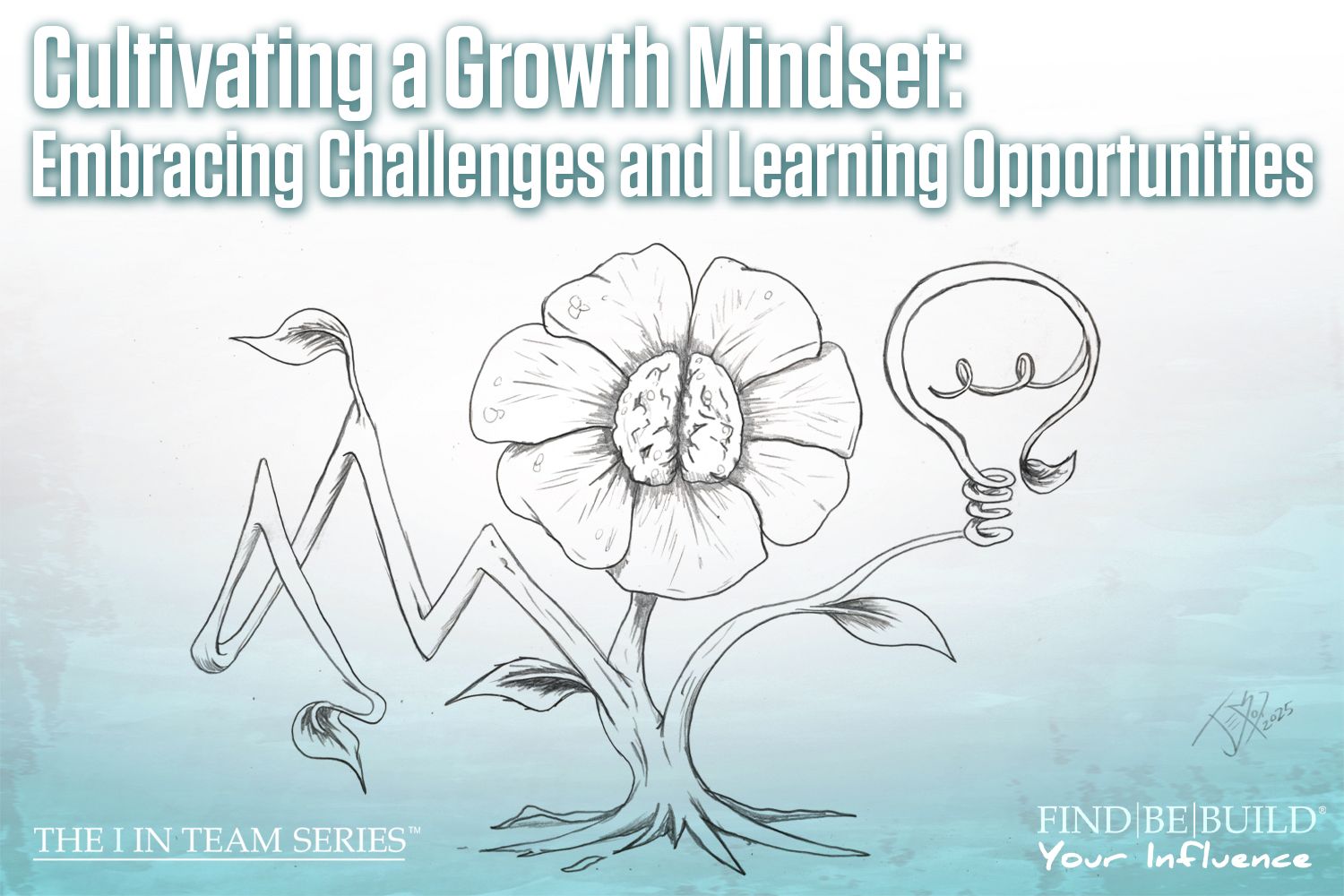How to keep your New Year's resolutions

Business consulting strategies
Hi, team! It’s your friend, Mary, with The I in Team series where you can find, be, and build your positive influence. Welcome to another new year; another chance to renew yourself, grow, and spread your unique influence. Some may feel it is cheesy, but the new year represents rebirth for us all. A new page for us to write in our books of life. Many feel motivated by this fresh beginning to set goals, resolutions, words, or whatever else to develop themselves and improve their lives. I am personally of the opinion that you can do this year-round, but the new year usually motivates the masses towards bettering themselves.
We at The I in Team series want to challenge you; set one goal for this year that encourages you to grow. Your goal can be as simple as an intention through a word to something more complex and robust. This year, The I in Team series’ “word” is influence; this word will guide all of our other goals and subsequently our actions. In every moment when you are reaching for your goals, you are both your number one supporter and worst enemy. Only you can control the willpower needed to reach your goals; will you choose to stick it out or give up on yourself? Please join me in bettering yourself this year so that everything you influence will benefit from the best version of you. Below are our top tips for achieving a successful new year’s resolution (or intention/word/whatever you like).
Related Blog: How to Build Healthy Habits
S.M.A.R.T.
Any goal or intention must go through the S.M.A.R.T. process. This is because all goals and intentions are more easily reached when they are specific, measurable, attainable, realistic, and timely. One of the best things about laying out all your goals in this process is that it makes it super easy to review what may or may not be working down the road. A few weeks into achieving your goal, you may find that your goal isn’t as specific as you need it to be, or you may find that the measurable actions you set for yourself are not attainable within the defined time frame. Last year when we wrote our new year blog post, we centered it around this S.M.A.R.T. goal development process. Check it out to discover some questions you can ask yourself in each part of the S.M.A.R.T. goal development process.
Slow Down
It’s easy to give up on your goals because it doesn’t take any effort to stop doing something or reaching for something. When you start feeling burnt out, slow down but don’t give up. Slowing down will allow you to reevaluate your S.M.A.R.T. process and determine if you need to update your goal. Remember, your goal grows with you! Don’t be afraid to reexamine it and change the way you approach reaching the goal. As long as you stick to your original intention or end goal, the way you get there doesn’t really matter. The point of setting goals or intentions is to grow and become better in yourself and your unique influence. If the goal becomes too much or too draining, evolve it to be something you can work with. Slowing down will allow you to reevaluate with ease, give you some breathing room, and hopefully restore your willpower.
Believe in Yourself
If you don’t believe in yourself, you become your own worst enemy. End the self-criticism and negative self-talk; uplift yourself by believing you can reach your goals, develop yourself, and grow in your positive influence. This is known as having a growth mindset, and you need a growth mindset to reach any goal or intention you set for yourself. Believing in yourself can sometimes be compromised when you experience burnout or have willpower depletion. So, if you feel these negatives start to creep into all the progress you’ve made, slow down and consider some things that can give you energy. For some, that may be making a cup of tea or watching your favorite movie; for others, it might be going on a hike or inviting guests over for dinner. Whatever it is that gives you power and restores your energy, write those things down, keep them close, and perform them when you need to so you can stay on track for reaching your goals.
Whatever it is you choose to work on this year, we challenge you to choose at least one thing. Life is about growth and development; if you aren’t taking these moments to learn more about yourself and the world, then what are you spending your time on? You deserve to find yourself in this life, be the best version of yourself that you can be, and build your positive influence so that those around you can benefit from all that makes you uniquely glorious. Make your goals (or intentions/words) S.M.A.R.T., slow yourself down to regain your willpower, and believe in yourself. We certainly believe in you.












